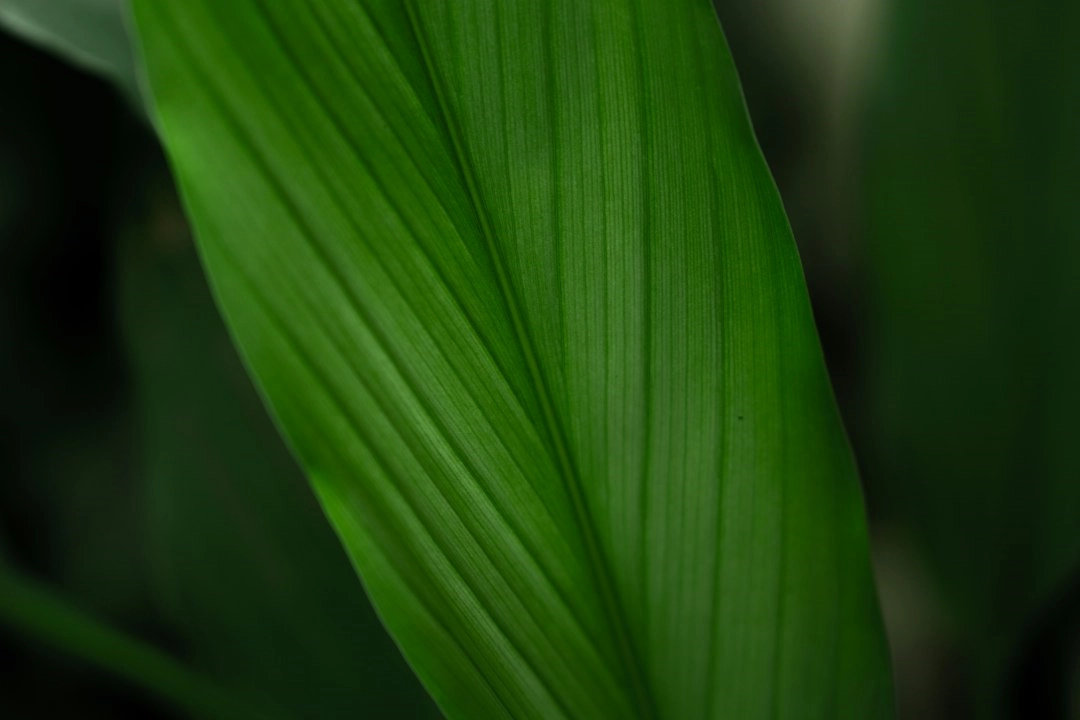
What it is:
Art installation preservation refers to the various techniques and approaches used to protect and conserve artworks and installations, ensuring their longevity and minimizing their impact on the environment. It involves the use of sustainable materials and practices to mitigate any negative effects on both the artwork itself and the surrounding ecosystem.
Real-World Problems:
Preserving art installations poses several challenges, particularly when it comes to ensuring environmental sustainability. Some key problems include:
Invasive Materials:
Many traditional preservation methods involve the use of materials that can be harmful to both the artwork and the environment. For example, certain adhesives and coatings may contain toxic chemicals that can degrade the artwork over time and can be hazardous when disposed of.
Energy Consumption:
Some preservation techniques, such as temperature and humidity control systems, require significant energy consumption, contributing to carbon emissions and environmental impact. Finding energy-efficient alternatives is crucial.
Waste Generation:
Art conservation processes can generate significant waste, including packaging materials, cleaning solvents, and protective coatings. Proper waste management protocols need to be in place to minimize the environmental footprint of these activities.
Biodiversity Impact:
Art installations are often placed in natural environments, and their preservation can have unintended consequences for local biodiversity. This may include damage to vegetation, disruption of ecosystems, or alterations to natural water flows. Balancing artistic preservation with environmental conservation is essential.

Solutions for Green Art Installation Preservation:
To address the real-world problems associated with art installation preservation, several sustainable solutions can be implemented.
Use of Environmentally Friendly Materials:
One solution is to replace invasive materials with environmentally friendly alternatives. This includes using non-toxic adhesives, coatings, and sealants that do not harm the artwork or the environment. Additionally, using sustainable and recycled materials for packaging and protective measures can minimize waste.
Energy-Efficient Preservation Techniques:
To reduce energy consumption, adopting energy-efficient preservation techniques is essential. This may involve utilizing efficient temperature and humidity control systems that limit energy usage. Incorporating renewable energy sources, such as solar panels, can further reduce the environmental impact of preserving art installations.
Effective Waste Management:
Implementing proper waste management protocols is crucial for minimizing the environmental footprint of art conservation activities. This includes recycling and repurposing materials whenever possible, employing eco-friendly cleaning solvents, and disposing of waste in a responsible manner.
Consideration of Biodiversity:
Preserving art installations in natural environments requires careful consideration of their impact on biodiversity. This involves working closely with environmental experts to assess potential risks and develop strategies to mitigate any negative effects. By preserving the artwork while also protecting the surrounding ecosystem, a balance can be achieved.















